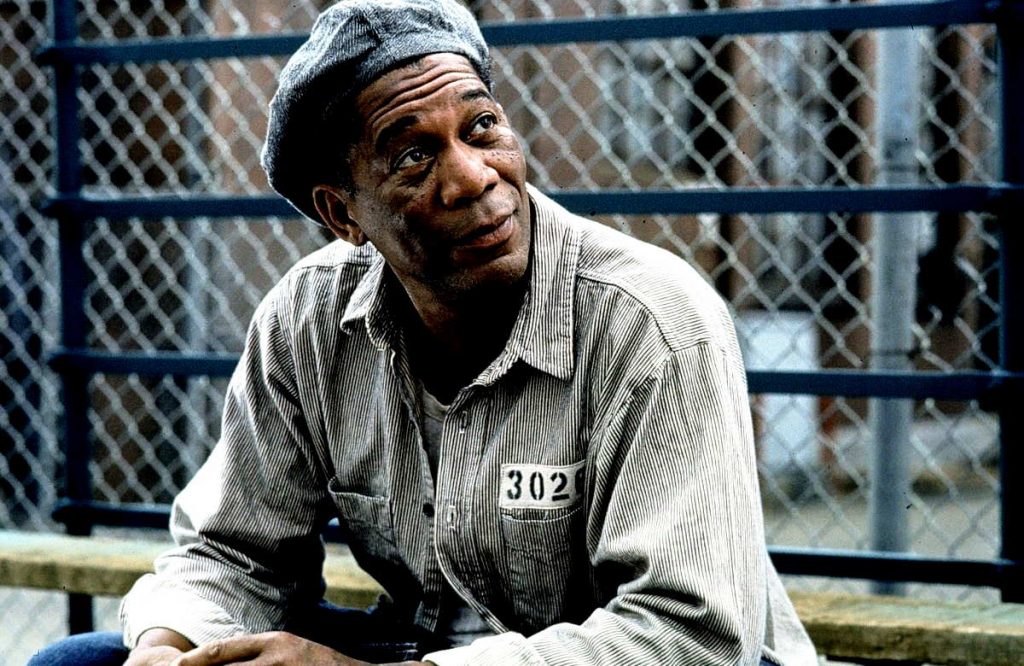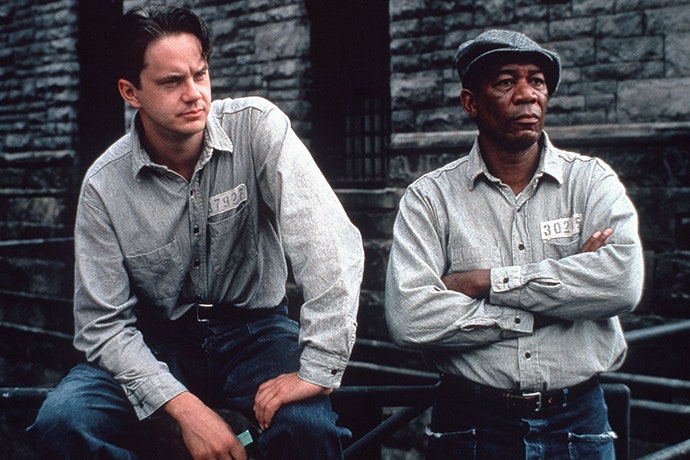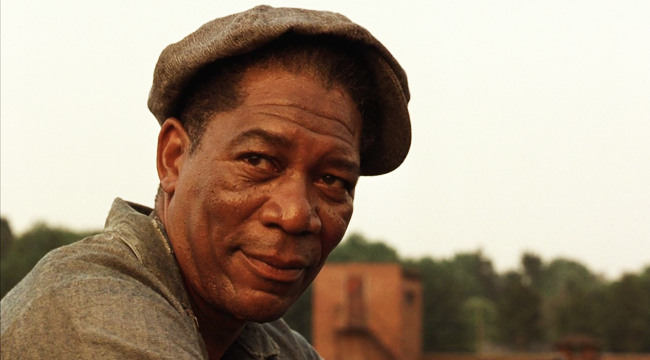The Shawshank Redemption is widely regarded as one of the greatest movies to be ever made. Based on the 1982 Stephen King novel named Rita Hayworth and the Shawshank Redemption, it got a live action adaptation in 1994. Frank Darabont’s take on the story was an inspirational tale of hope and perseverance. The grim prison tale ended on a delightfully happy note. But this Shawshank Redemption theory states the ending was fake. The true ending the movie did not show us was Morgan Freeman’s Red dying in the end.
The Shawshank Redemption has been selected by the United States Library Of Congress as an addition to the National Film Registry. It has been deemed culturally, historically and aesthetically significant and a cinematic milestone of the highest order. The movie teaches us to hope even at the face of the gravest of adversaries. This is proven when Red goes to Buxton as promised, only to find a box containing a cache of money and a letter written by Any Dufrense. Red is requested by Andy in the letter to visit Zihuatanejo, Mexico. Red meets Andy there and they start a new life together. The duo finally get the second chance they always wanted, free of the demons of the past.
But what if we told you that the ending of the movie was a gross perversion of the actual conclusion to Frank Darabont’s master-piece? This theory states that Red was not able to make a man out of himself, refusing to attain a level of normalcy outside prison. Red may have actually hung himself to death in the end. The movie’s ending where Red meets Andy has a rather surreal setting. It’s so unearthly a scene it almost feels like a dream sequence. There’s a duality attached to the final conclusion of The Shawshank Redemption that had not been explored until now.
Let’s see how this theory holds up against the evidence this theory proposes.
The Convoluted Ending Was Not How It Seemed To Be
Let’s begin with the ending first. Red meets Andy in the end and all seems well as the credits roll. If you see it from a realistic point of view, this is way too contrived an ending. Frank Darabont wanted a more cliff-hangar type conclusion for Shawshank. He wanted the movie to end on a note where Red is still searching for his dear friend. It would have left an ending open to interpretation. In a deleted scene for the movie, Red shows intense anxiety and breaks into a panic attack while in a grocery store. After years of staying in confinement, a social life with people, with freedom to go anywhere he wishes is not ‘normal’ for him anymore. In one of the most memorable lines from the movie, Red states:
“These walls are funny. First, you hate them, then you get used to them. Enough time passes, so you depend on them.”
Red breaking parole and making his way out of the country to meet a friend who may or may not be there is something that sounds far-fetched, and almost too good to be true.
Red And Brooks’ Shared Fates
Another old timer at Shawshank, Brooks was imprisoned in the facility in 1905. He was finally granted freedom in 1955, half a century later. Brooks had trouble adjusting to his new life. The pace of the world was too much for him and he longed for the confines and familiarity of Shawshank. In the end he killed himself with the final words:
“[I] Doubt they’ll kick up any fuss, not for an old crook like me.”
Red also faces similar situations after he gets out of jail. he has trouble adjusting and almost contemplates suicide. After Red breaks parole and makes a run for Zihuatanejo, he ends with the final words:
“I doubt they’ll toss up any roadblocks for that, not for an old crook like me.”
It almost feels like the Director wants to say something here. red and Brook’s choice of similar words imply a great deal. Frank Darabont wanted to state subtly that breaking parole is just an allegory for death. Red chose death over living a life hw was never going to get used to. What Red gained through death was a metaphysical form of a guilt free eternal life, where he would no longer be hounded by his past sins. In the afterlife, Red meets the only friend he ever made – Andy Dufrense. This pop-culture trope of unison of old friends is very common in the works of Stephen King.
Ultimately, whether Red died or survived and lived the last days of his life in a paradise (imaginary or otherwise), is something we might never know. Frank Darabont’s mastery of his work could be seen in the ultimate duality of The Shawshank Redemption. The ending is what you want it to be. Regardless of what you may choose, Red and Andy will always remain together, in a better place.









